Indigo Milk Cap Facts
- Most frequently known by the common name of the Indigo Milk Cap, this brilliantly colored mushroom easily dazzles the eye. It also has several other general names it’s known by, though. These alternate terms include the similar blue milk mushroom and indigo lactarius.
- Scientific professionals, however, typically refer to the amazing fungus by its official, purely scientific name. That’s the relatively simple term, as such things go, of the Lactarius indigo. Regardless of which term one chooses to employ, though, it’s a marvel of evolution.
- The remarkable species received its present name at the hands of the respected German-American mycologist, Lewis David de Schweinitz. This highly noted researcher assigned it the term it’s now known by as a result of reclassification. He took this action in the year 1838.
- The very first known recognition of it as a separate and distinct species, however, actually took place in the year 1822. The same renowned researcher that later changed the name due to reclassification also made the first formal acknowledgement of the incredible fungus.
- The intriguing Indigo Milk Cap appears to be maintaining a population base that’s both sizeable and stable. This further seems to hold true throughout the entirety of its natural range. The IUCN therefore has no listing for it on the organization’s Red List of Threatened Species.
- Nevertheless, that status could potentially change in the very near future. That’s because, like most species on earth, it faces several threats to its continued existence. Habitat loss naturally poses a danger. It’s greatest threat, though, likely consists of the peril of climate change.
Related Articles
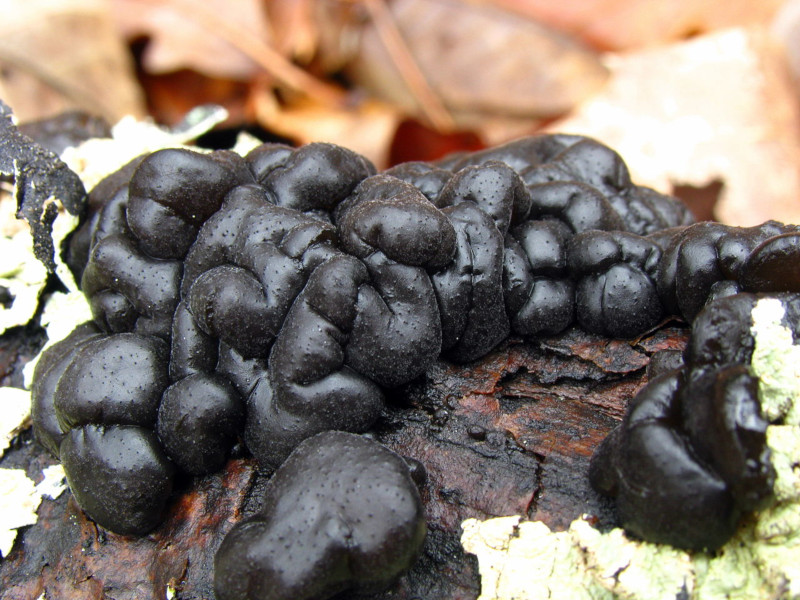
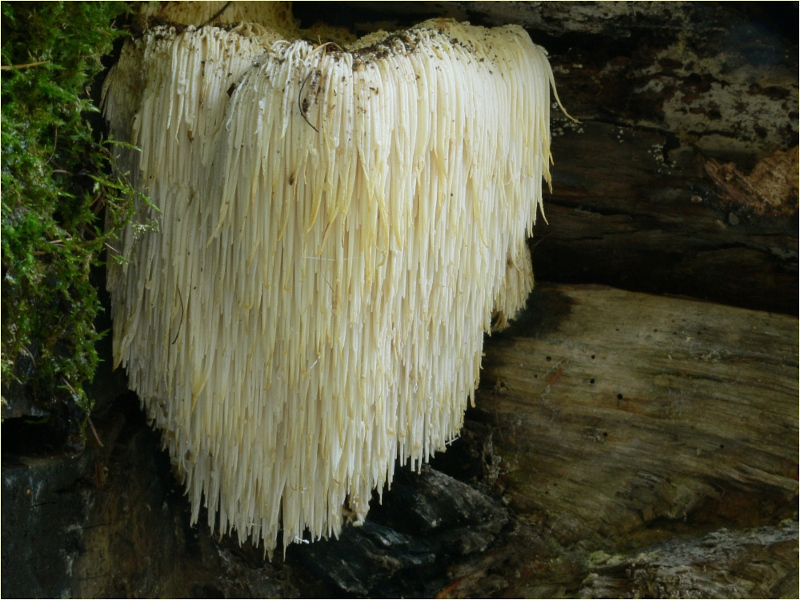
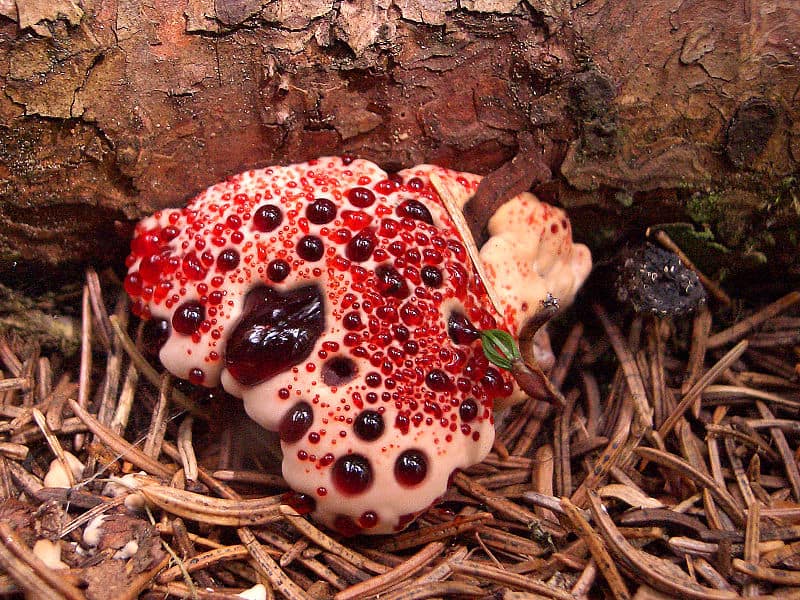
Indigo Milk Cap Physical Description
The visually distinctive Indigo Milk Cap quickly draws the attention of all those individuals fortunate enough to encounter it. It does so for several reasons, though, not just because of its remarkable coloring. This marvelous fungus is truly an impressive creation of Nature and evolution.
For starters, the brightly shaded mushroom varies in size, frequently significantly, like most of its realtives around the world. That’s due to a wide a variety of reasons, including local environmental factors. Most specimens, however, attain a cap diameter ranging between 2 – 6 in (5 – 15 cm).
The stem of this marvel of the world of mycology, meanwhile, ranges from 0.8 – 3 in (2 – 8 cm) in height. The thickness of this specific portion of the species also varies markedly. This measurement itself ranges from between 0.4 – 1. in (1 – 2.5 cm). This usually provides it with a stable base.
The edges of the cap also roll under as the fungus slowly matures. It shares this trait with several other members of its genus. The mushroom also shares the characteristic that serves as part of its very name. That’s because, if the flesh is damaged, a milk-like substances slowly oozes out.
Yet it’s the coloring of the stunning Indigo Milk Cap thata generally garners the most attention. That’s due to the fact that this presents as a brilliant shade of indigo blue. Even the aforementioned milky substance within it shows the same shade! This slowly changes to green in air, however.
- Kingdom: Fungi
- Phylum: Basidiomycota
- Class: Agaricomycetes
- Order: Russulales
- Family: Russulaceae
- Genus: Lactarius
- Species: L. indigo
Indigo Milk Cap Distribution, Habitat, and Ecology
Fortunately, both for the Indigo Milk Cap itself, and those of us who appreciate Nature, the mushroom has an extremely large range of habitation. That’s because the marvel of evolution inhabits various portions of the continents of North America, Central America, Asia, and Europe.
In Europe, it’s only known to appear in parts of southern France. In Asia, though, the wonder lives in both China and India. Meanwhile, in Central America, the fungus is known to inhabit Costa Rica, Guatemala, and Colombia. Elsewhere, it thrives in the southern and eastern United States.
There, the majority of specimens of this impressive fungus develop across a range that runs along the Gulf Coast of the United States, to the Appalachian Mountains. There, however, its population concentrations become somewhat scarce. Small groupings do appear elsewhere, though.
All regions in which it makes its home, though, share various natural attributes, of course. Chief among these requirements tands the presence of sufficient moisture. Warm temperatures also represent another factor. Common locations include damp forests, frequently of pine or oak.
Much like many of its numerous relatives, the intriguing Indigo Milk Cap evolved a highly mutualistic relationship with certain species of plants. These include pine and oak, thus explaining its preference for forests containing a high ratio of such species. It mainly thrives on the roots.
There, the intriguing mushroom extracts fixed carbon from its host tree. In exchange, however, the tree itself also benefits. That’s due to the quantities of various amino acids and minerals the fungus removes from the surrounding soil. These it feeds to the host, ensuring mutual survival.
Species Sharing Its Range
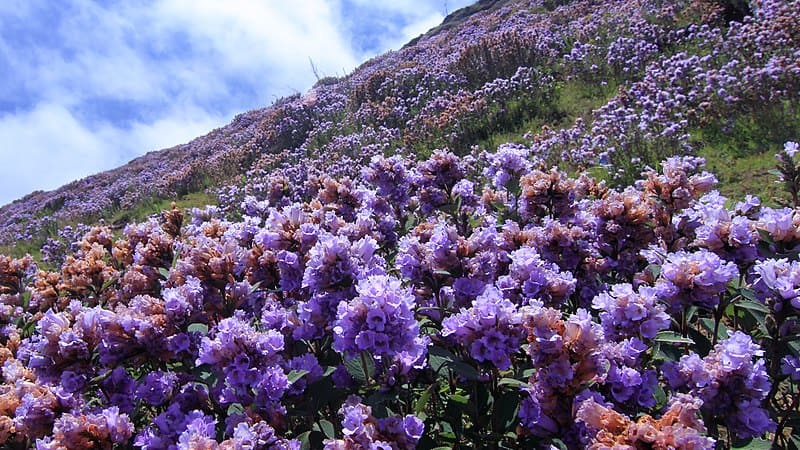

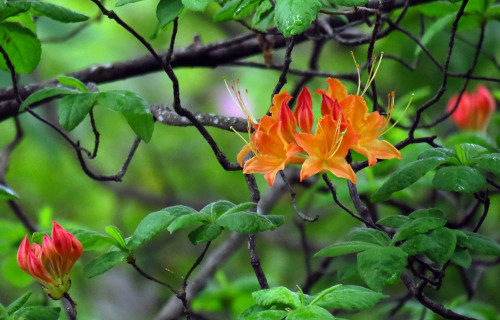
Check out our other articles on 4 Stunning North American Snakes, Candy Crab, Lake Hillier, Indo-pacific humpback dolphin, Hemlock Looper, Indian Vulture, Philippine Crocodile
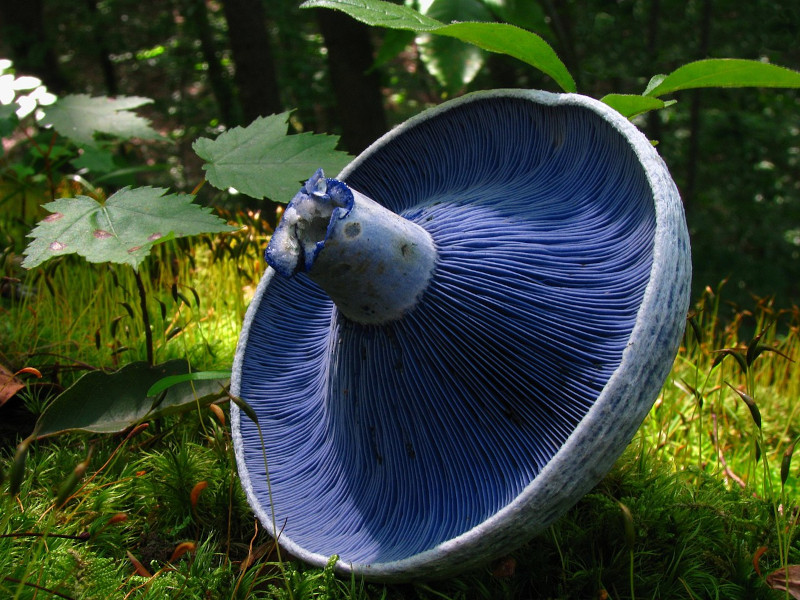
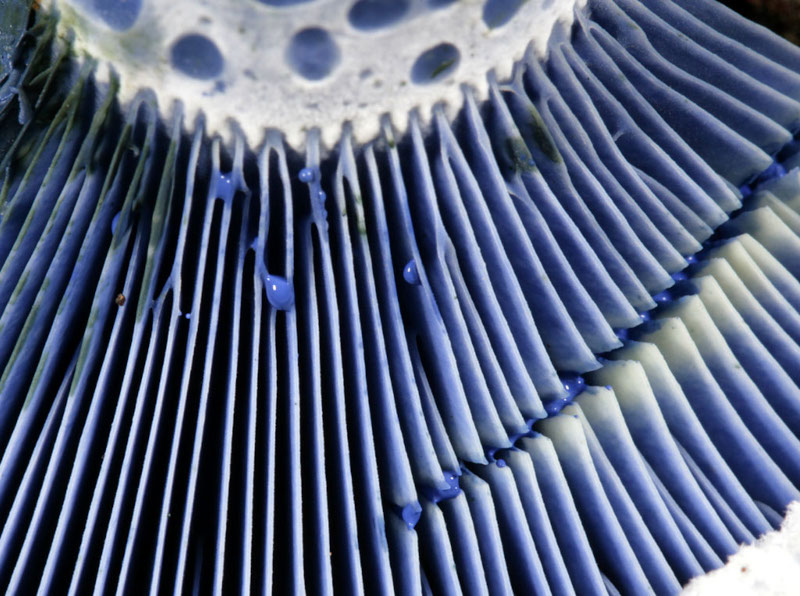










Leave a Reply